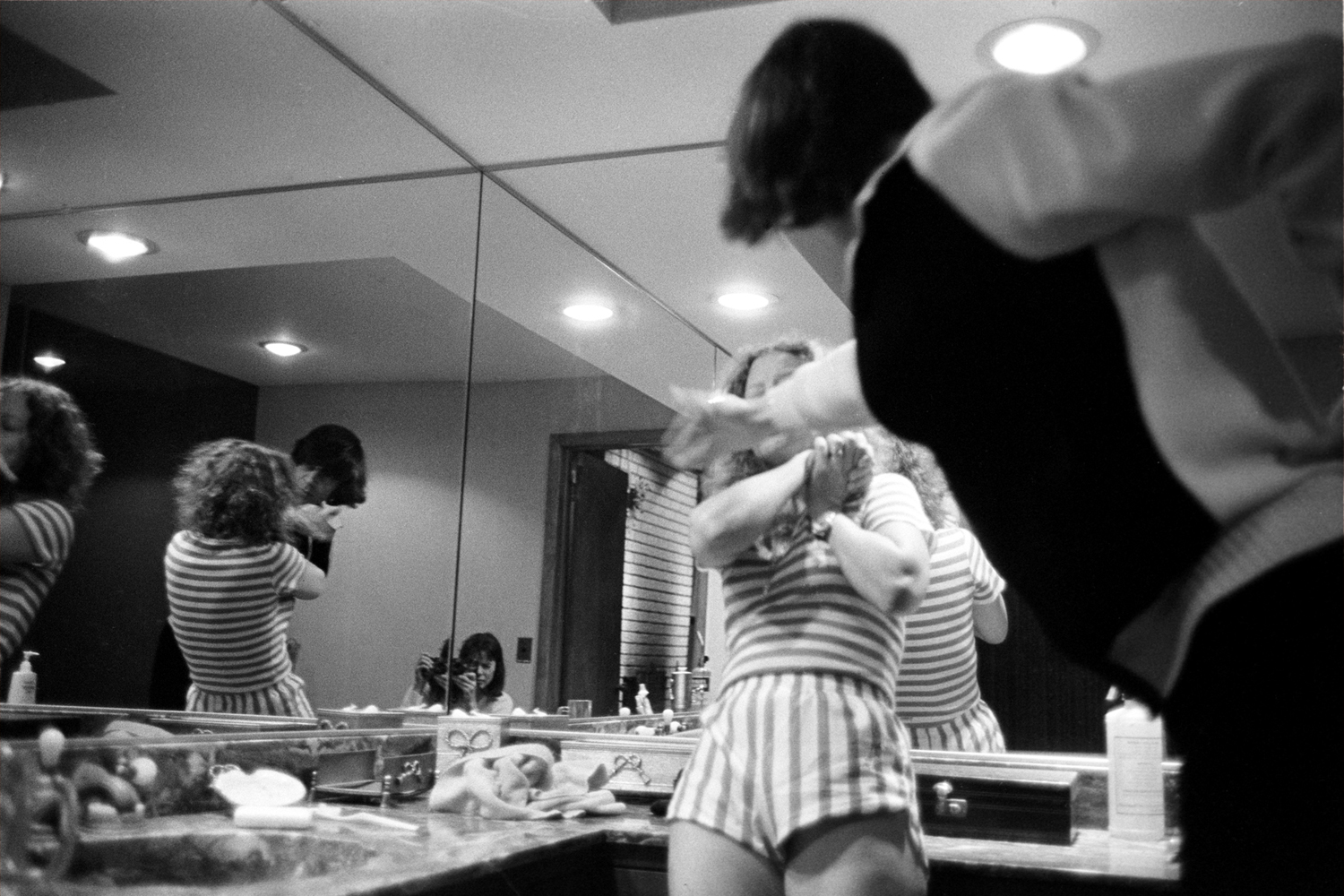
In 1982, photographer Donna Ferrato was commissioned by Playboy Japan to document the lives of a polyamorous couple in New Jersey. Though they appeared to have successfully balanced raising a family and owning a home with their open marriage, Ferrato soon discovered—and photographed—a physically abusive husband who routinely beat his wife. The horrific events inspired her to begin documenting domestic violence across the country, and over the last 30 years, Ferrato has visited countless shelters, police stations and hospitals in her search for stories; her seminal book on the topic, Living With the Enemy, was published in 1991.
Over the past five years, though, Ferrato has refined her topic matter, focusing specifically on those women who have left their abusers in a series called I Am Unbeatable. “I was so upset that many young women were putting up with abuse and romanticizing it,” she says. “I wanted to show how much better life became when the woman left the abuser.” The photographer became especially passionate about highlighting this angle when she saw that singer Rihanna had gotten back together with Chris Brown, an ex-boyfriend who brutally beat her the day before she was scheduled to attend the 2009 Grammy Awards. “It shows the confusion among young women in deciding to leave their abuser,” she says. “It was especially upsetting given how many young fans follow Rihanna’s every move.”
There are plenty of young people in Ferrato’s pictures as well; she realized that speaking to children of victims and incorporating their feelings into the series was just as important as showcasing the victims themselves. Ferrato is currently trying to raise money to turn her series in a book and film, with the hopes of inspiring women to leave their abusive partners. “People need to see a different picture—a picture of how much better these women’s lives are when they aren’t broken down by abuse,” Ferrato says. “And, at the same time, I want to recognize the bravery it takes for women to get away from abusers.”
Donna Ferrato is a photographer and activist based in New York. See more of her work here and support I Am Unbeatable here .
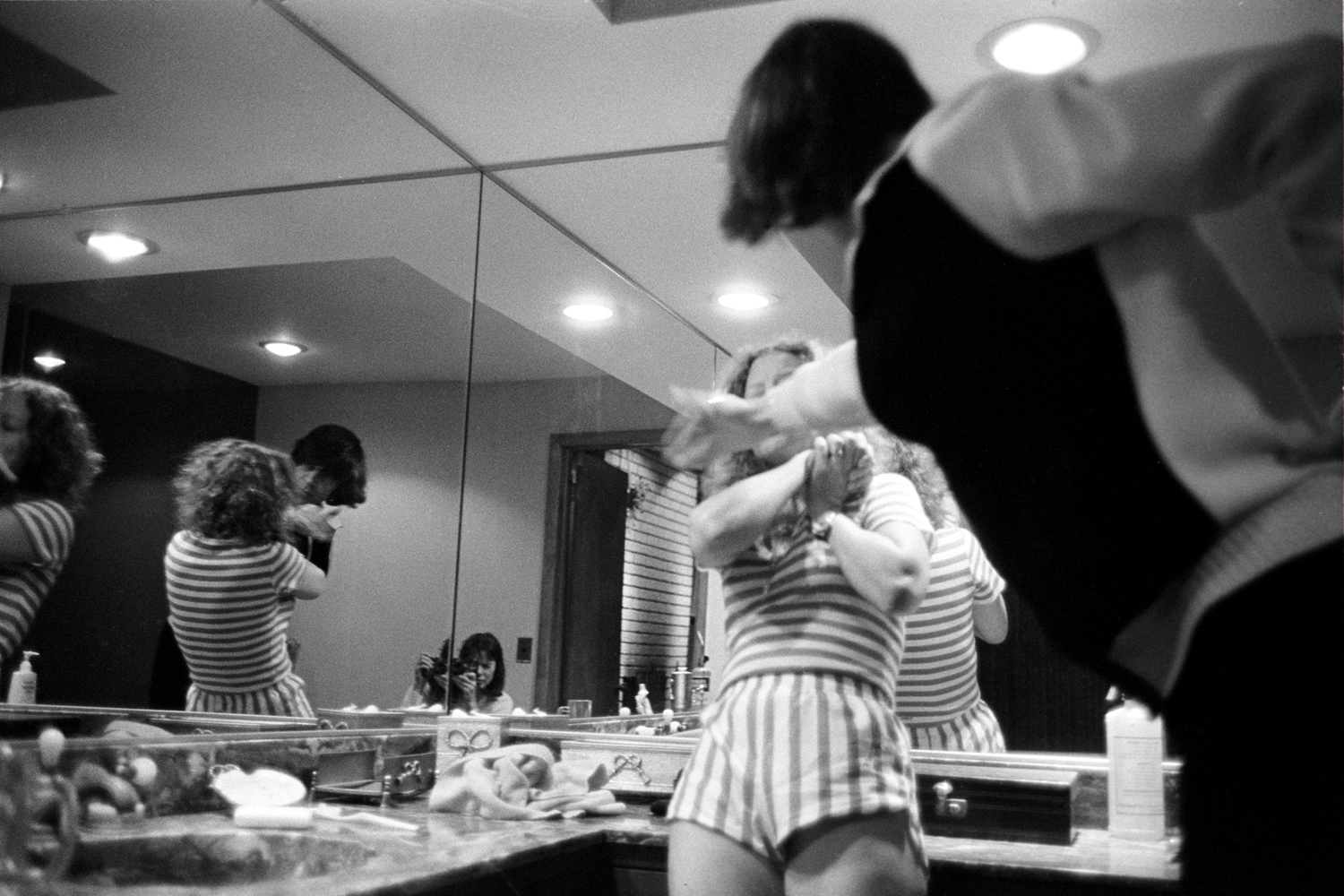
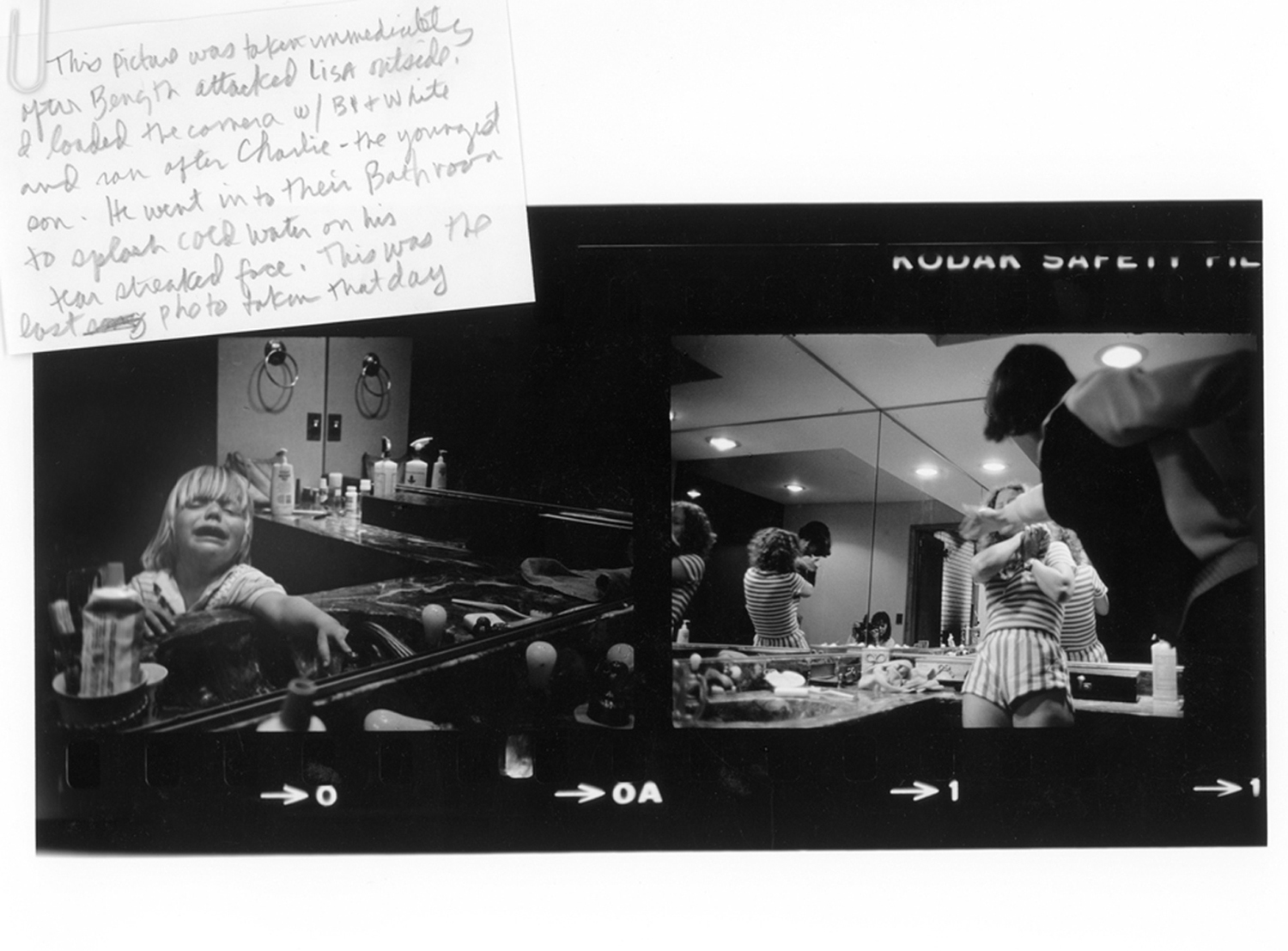

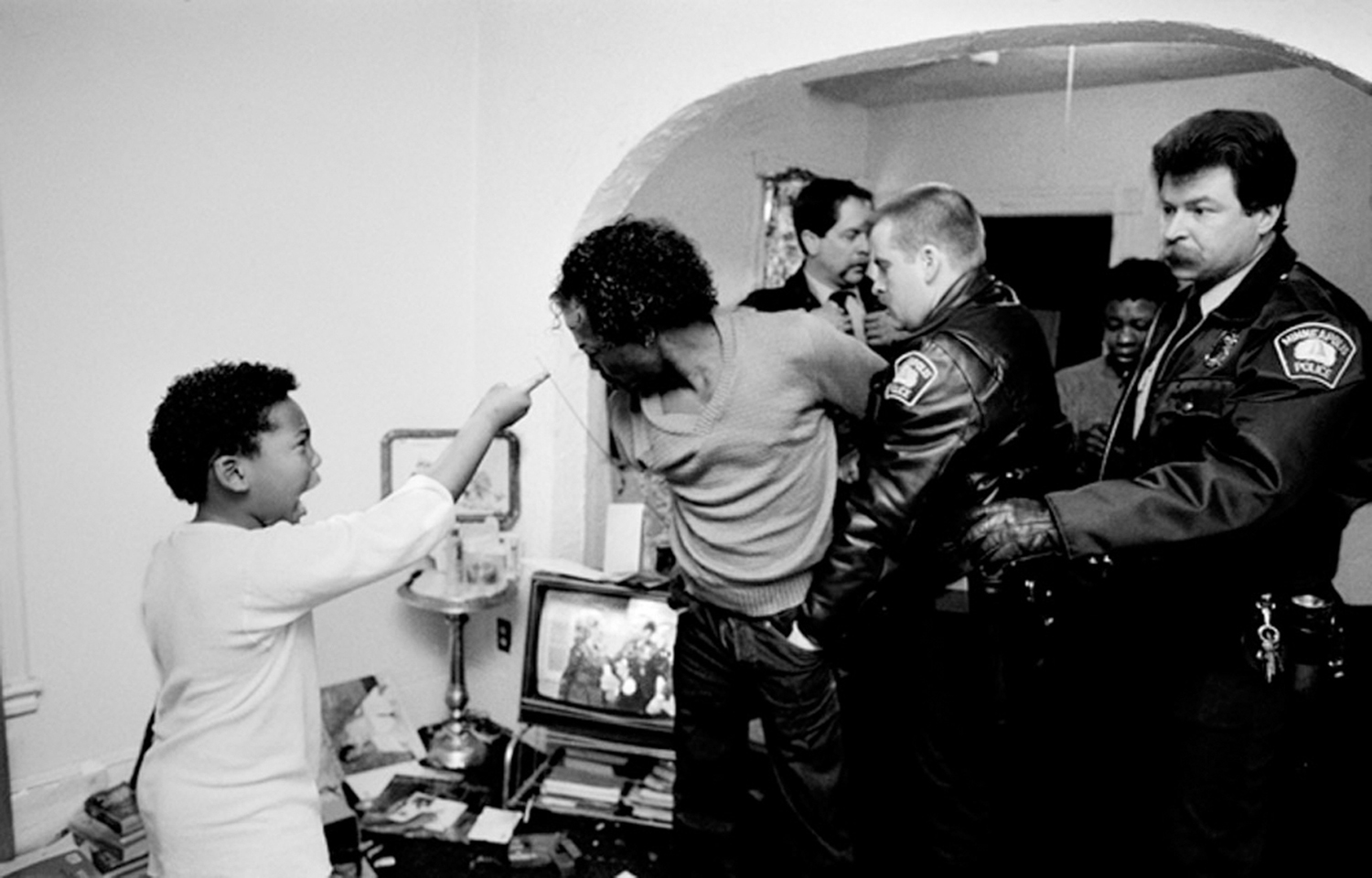
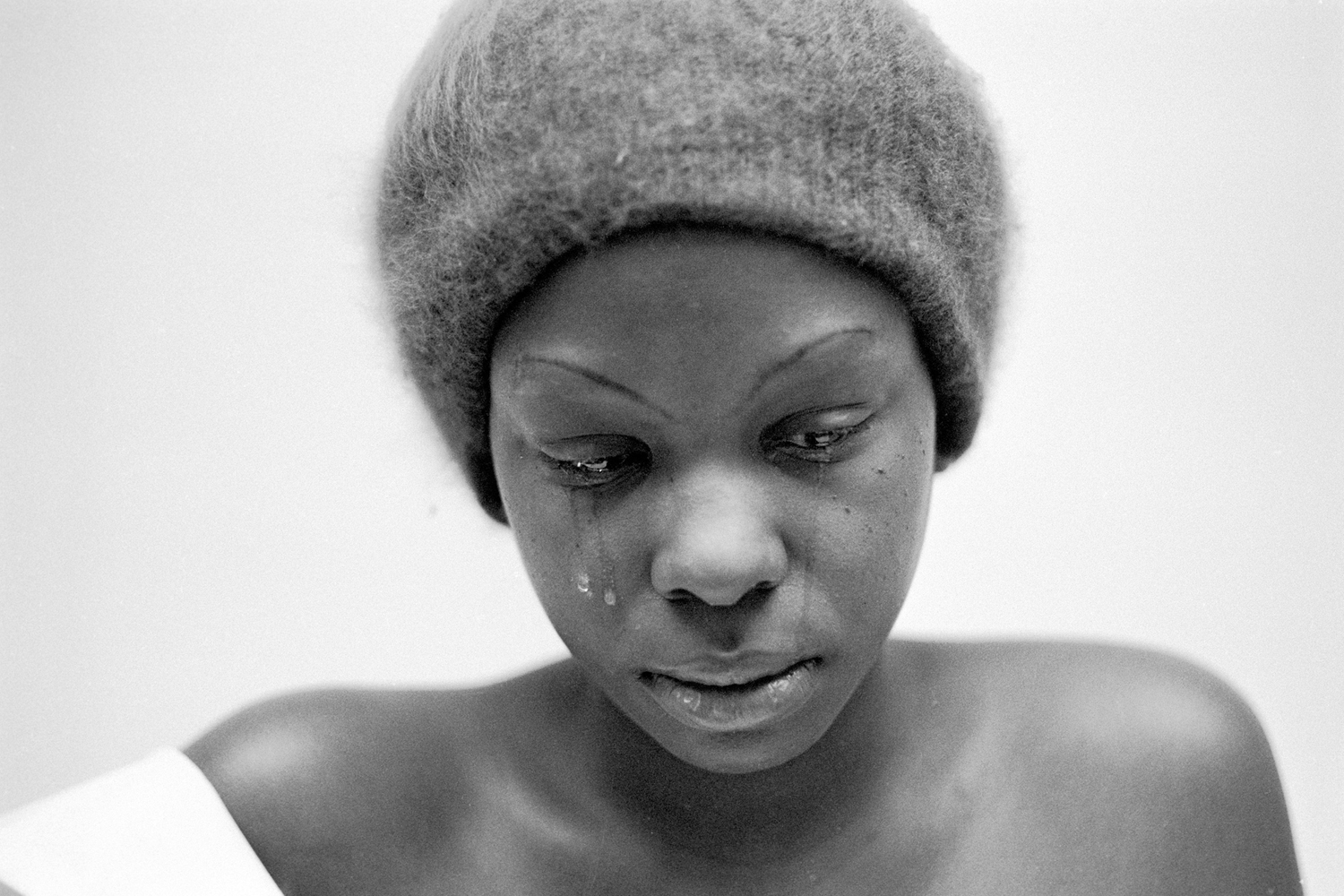


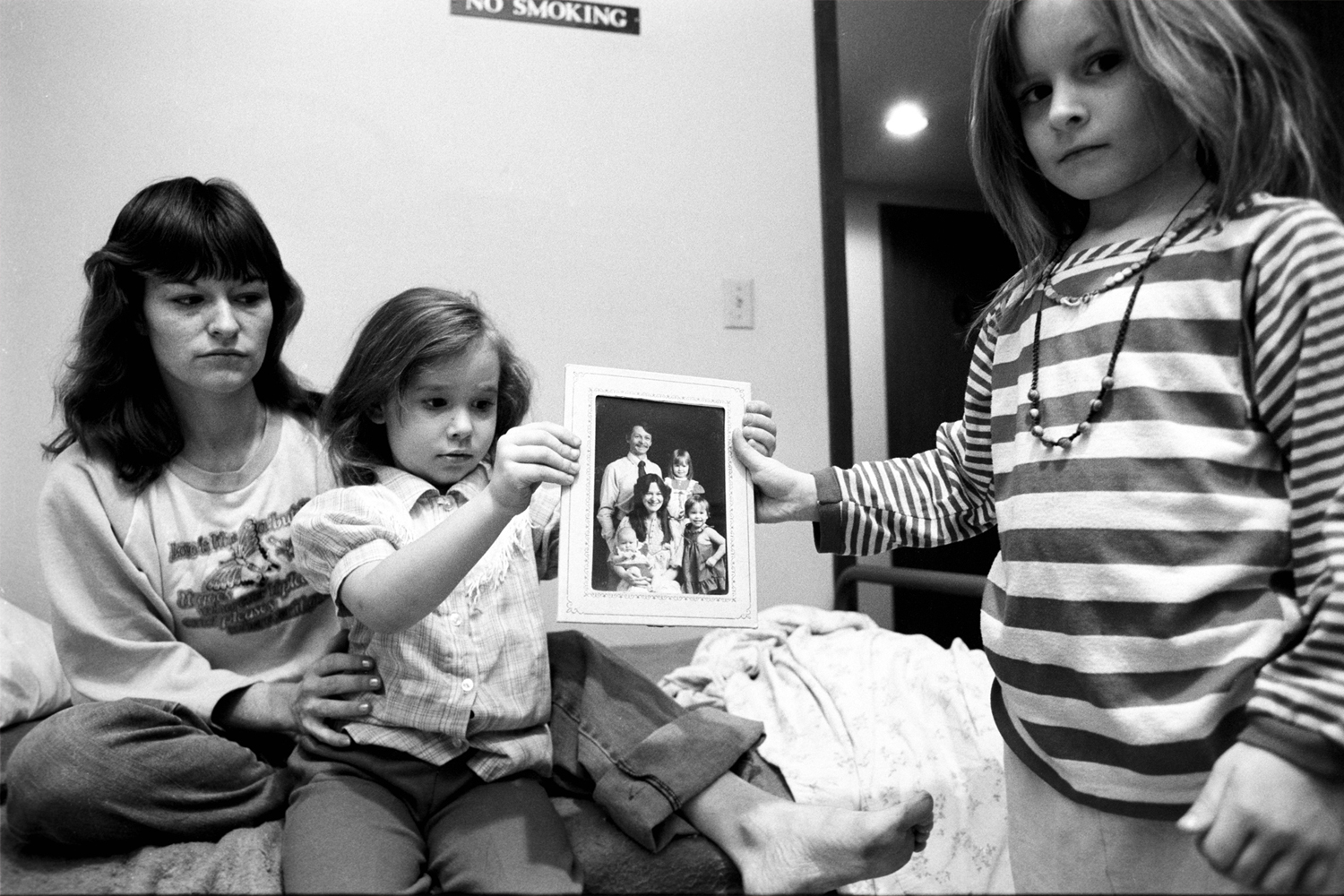
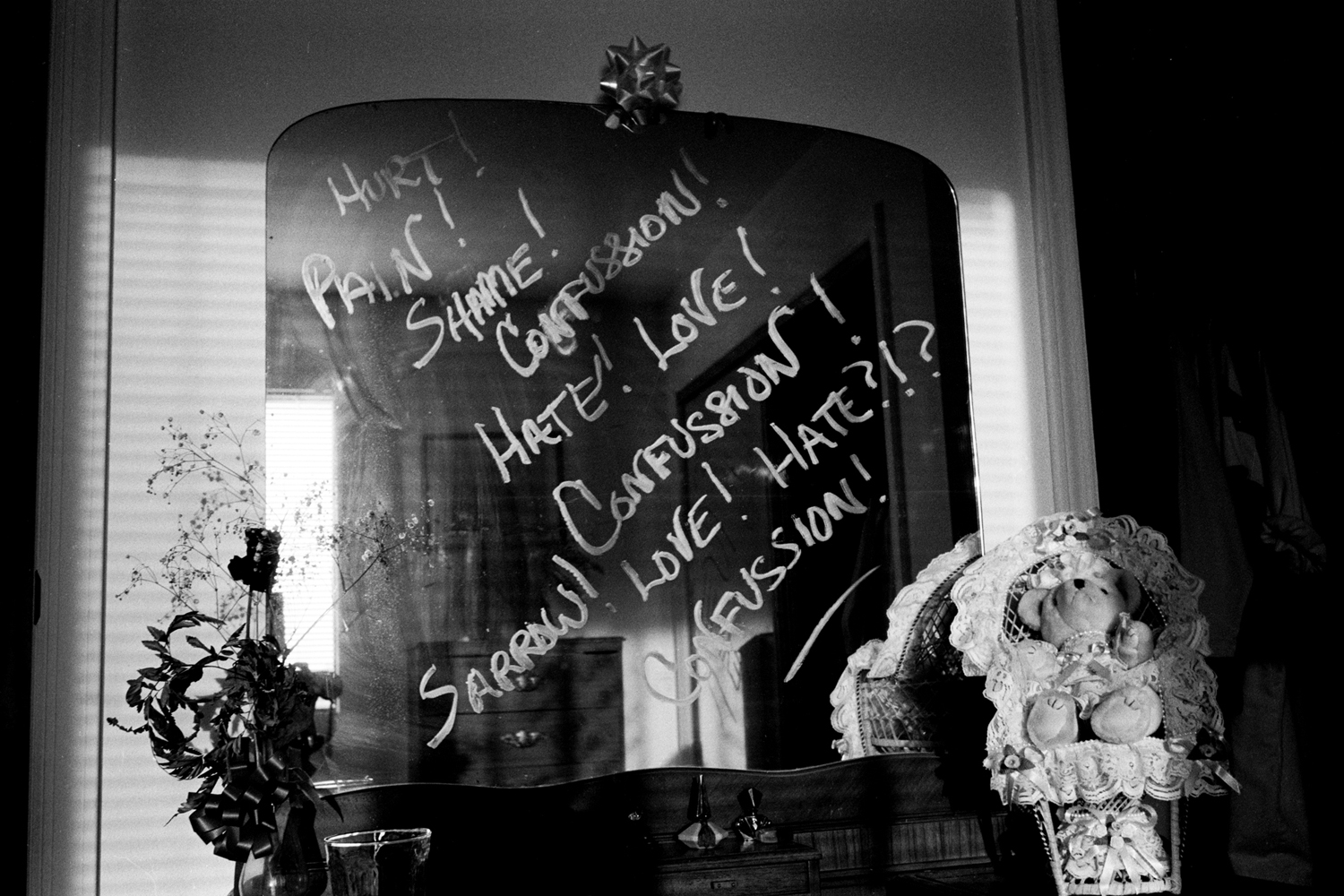
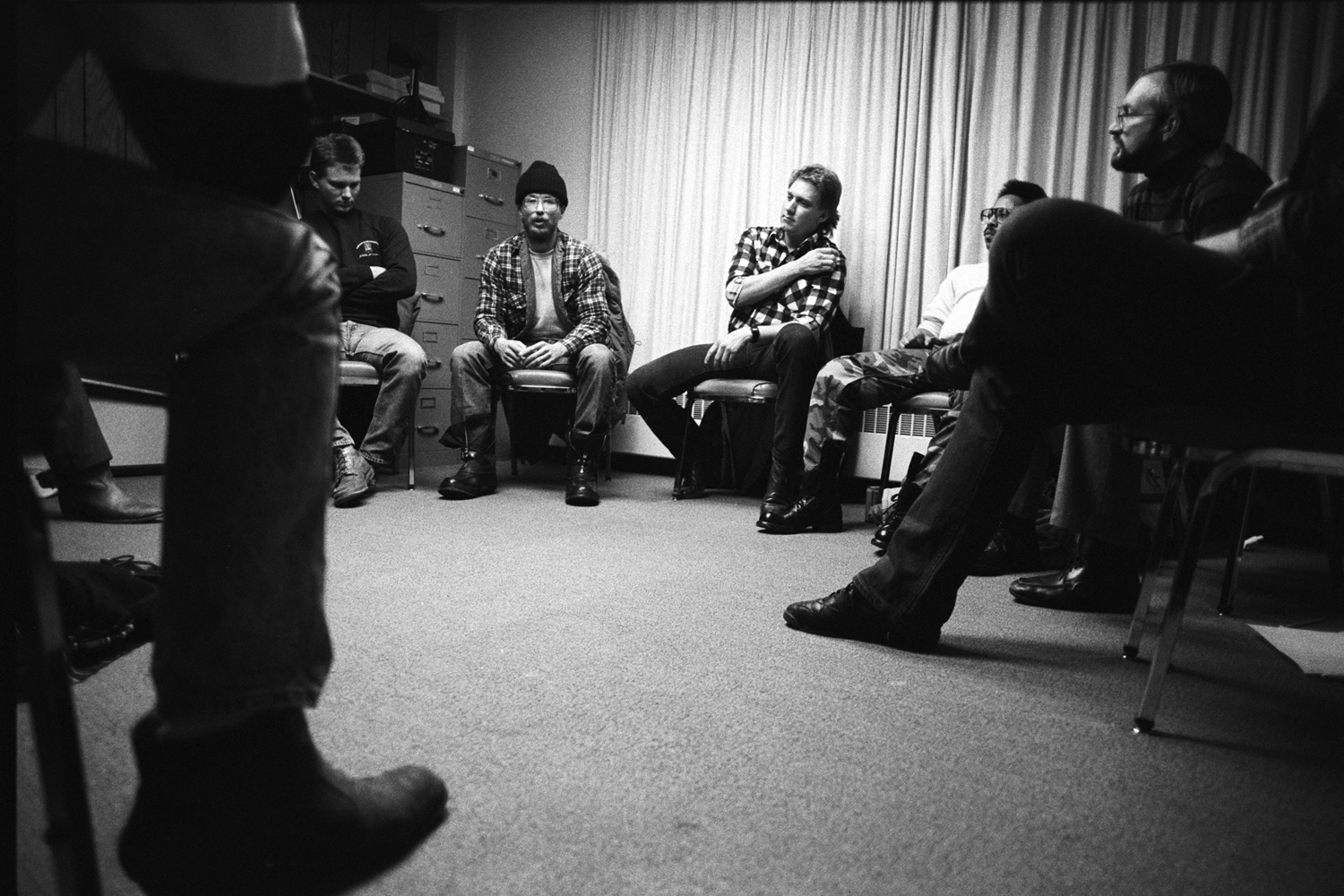
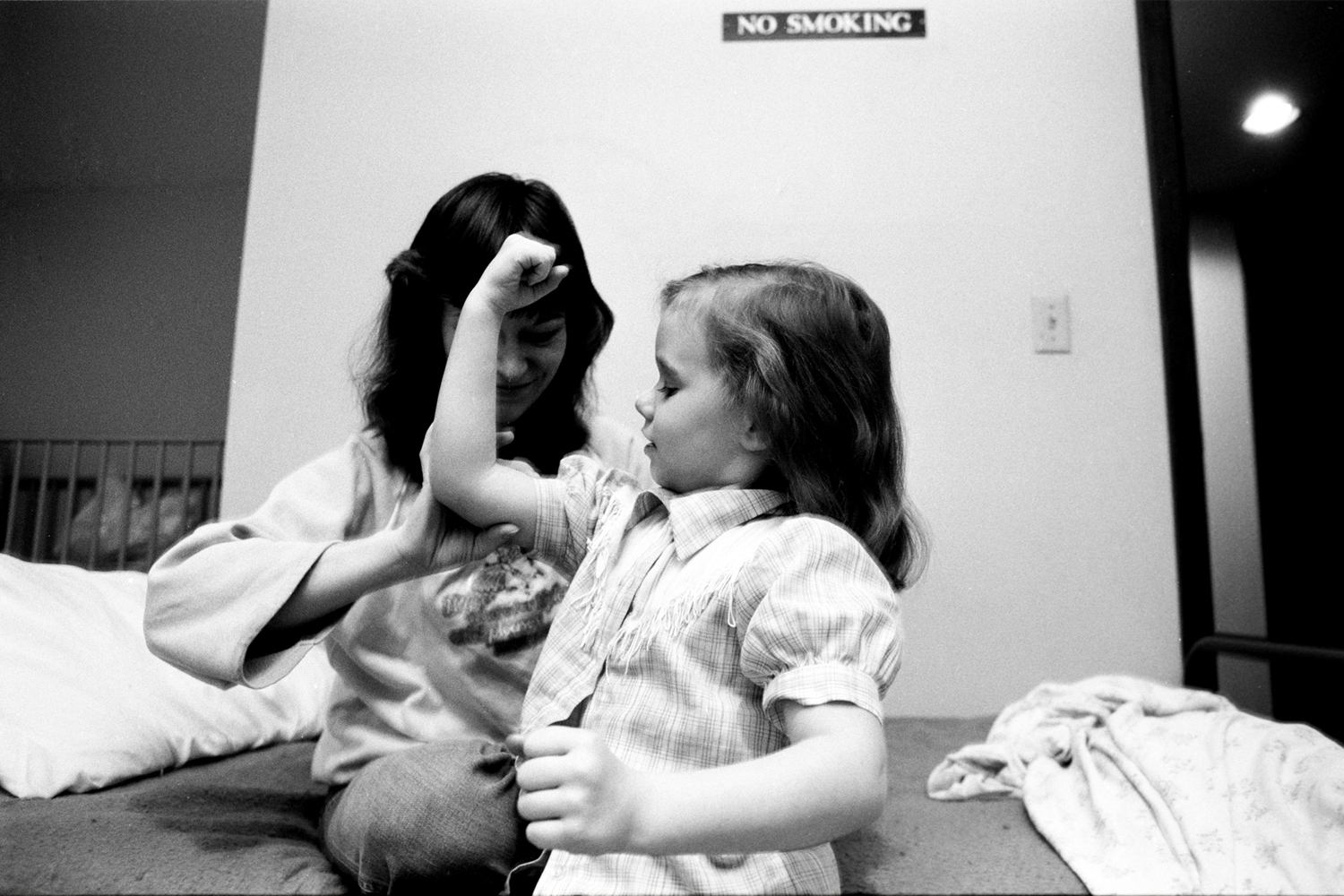
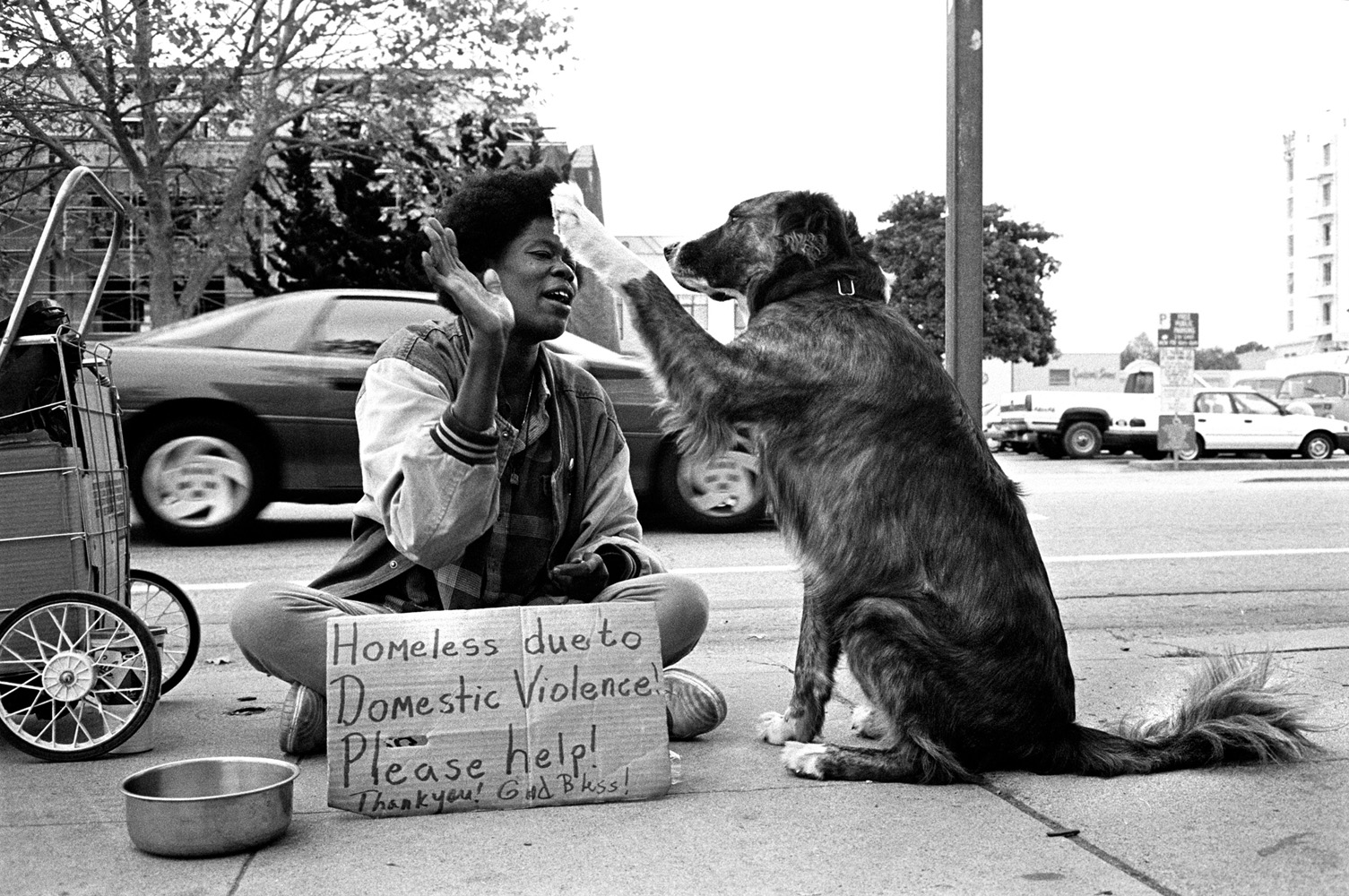


More Must-Reads From TIME
- The 100 Most Influential People of 2024
- How Far Trump Would Go
- Scenes From Pro-Palestinian Encampments Across U.S. Universities
- Saving Seconds Is Better Than Hours
- Why Your Breakfast Should Start with a Vegetable
- 6 Compliments That Land Every Time
- Welcome to the Golden Age of Ryan Gosling
- Want Weekly Recs on What to Watch, Read, and More? Sign Up for Worth Your Time
Contact us at letters@time.com